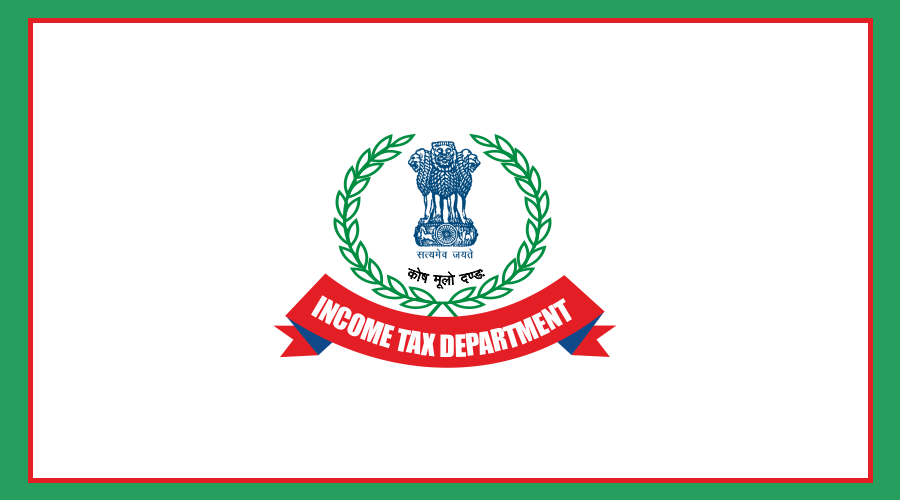The process of filing Income Tax Return (ITR) has started for the assessment year 2025-26. Taxpayers can now file their returns online using the ITR-1 and ITR-4 forms through the Income Tax e-filing portal.
However, salaried individuals must wait until they receive Form-16 from their employer before filing their return. If you’re planning to file early, the first step is to know which ITR form applies to you.
Contents
Who Can Use ITR-1 (Sahaj Form)?
ITR-1, also known as the Sahaj Form, is suitable only for specific individuals. You can use this form if:
Your total annual income is less than ₹50 lakh.
Your income sources include salary, pension, interest from savings, rent from one house, and farming income up to ₹5,000.
You have long-term capital gains up to ₹1.25 lakh (e.g., profits from selling stocks, mutual funds, or digital assets).
You cannot use ITR-1 if
Your capital gains exceed ₹1.25 lakh.
You have income from business or profession.
You own more than one house.
You earn from lottery, horse racing, or overseas income.
Your farming income exceeds ₹5,000.
You own shares in an unlisted company.
When to Use ITR-2 or ITR-4
ITR-2:
You should use ITR-2 if you are a salaried employee or pensioner but have more complex income sources, such as:
Income from a business or profession.
Foreign income.
Income from more than one house.
Earnings from stocks or mutual funds.
You are a doctor, lawyer, or professional.
ITR-4 (Sugam Form)
ITR-4 is meant for individuals, Hindu Undivided Families (HUFs), and firms (except LLPs) who have:
A small business or partnership firm.
Freelancing, consultancy, medicine, or retail income.
Opted for presumptive taxation under sections 44AD, 44ADA, or 44AE.
Total income (including salary, pension, interest, and farming) up to ₹50 lakh.
You cannot use ITR-4 if
You are an NRI or a company director.
You have income from more than one property.
You have unlisted shares or deferred ESOP tax.
You earn from lottery or horse racing.

